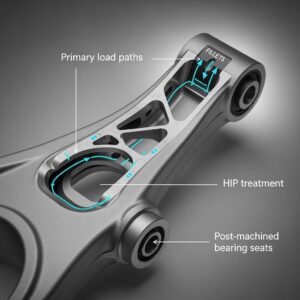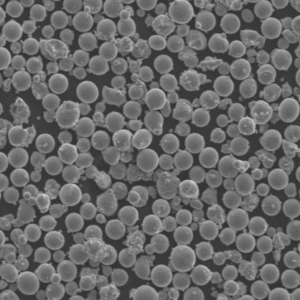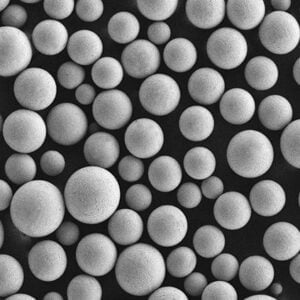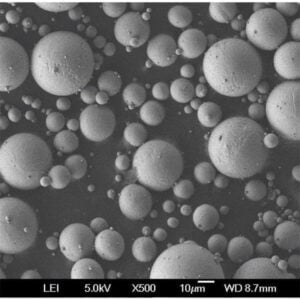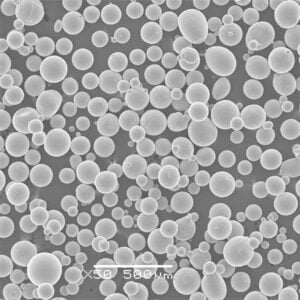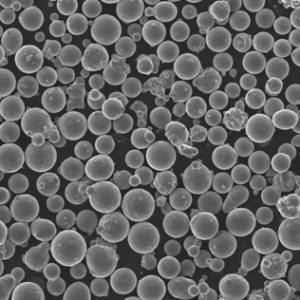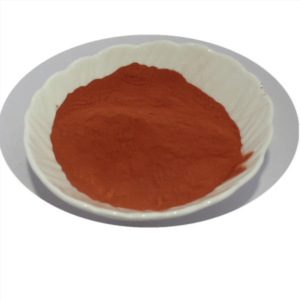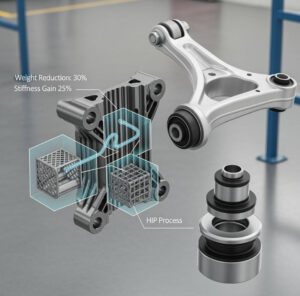3Dプリンターのキーコンポーネント:モーションコントロールシステム
目次
複雑な3Dオブジェクトの作成が交響曲に似ている世界を想像してみてください。プリントの生命線であるフィラメントがメロディーを奏でます。エクストルーダーは燃えるような指揮者で、流れを導きます。しかし、各層が完璧に調和するためにはどうすればいいのでしょうか?そこで、縁の下の力持ちである モーションコントロールシステムと踏み込む。
の基本機能 モーション・コントロール・システム
モーション・コントロール・システムを指揮者の複雑なバトンと考えてみてください。これは、3Dモデルのデジタル命令(Gコード)を、複数の軸(X、Y、Z)に沿った正確な動きに変換し、基本的には、プリンターに各フィラメントストラントを敷設する場所とタイミングを指示する、筋肉を支える頭脳です。
この綿密な振り付けは確実だ:
- 寸法精度: すべての層が完璧に整列し、正確なサイズと形の最終的なオブジェクトができあがります。ケーキを想像してみてください。材料の比率のわずかな計算ミスが、横倒しの台無しにつながります。同様に、モーション・コントロール・システムに欠陥があると、3Dの傑作が歪んでしまいます。
- 表面品質: スムーズで一貫性のある動きは、振動や揺れを最小限に抑え、プリントされたオブジェクトの表面にレイヤーの線や段差のような欠陥が生じるのを防ぎます。振動の多い音符と完璧に持続する音符の違いを思い浮かべてください。モーション・コントロール・システムは、3Dプリンティングの領域で後者を目指します。
- 印刷速度: 効率的な動きは、印刷時間の短縮につながります。レーシングカーのようなものだと考えてください。うまく調整されたエンジン(モーションコントロールシステム)は、精度を損なうことなくスピードを最適化します。
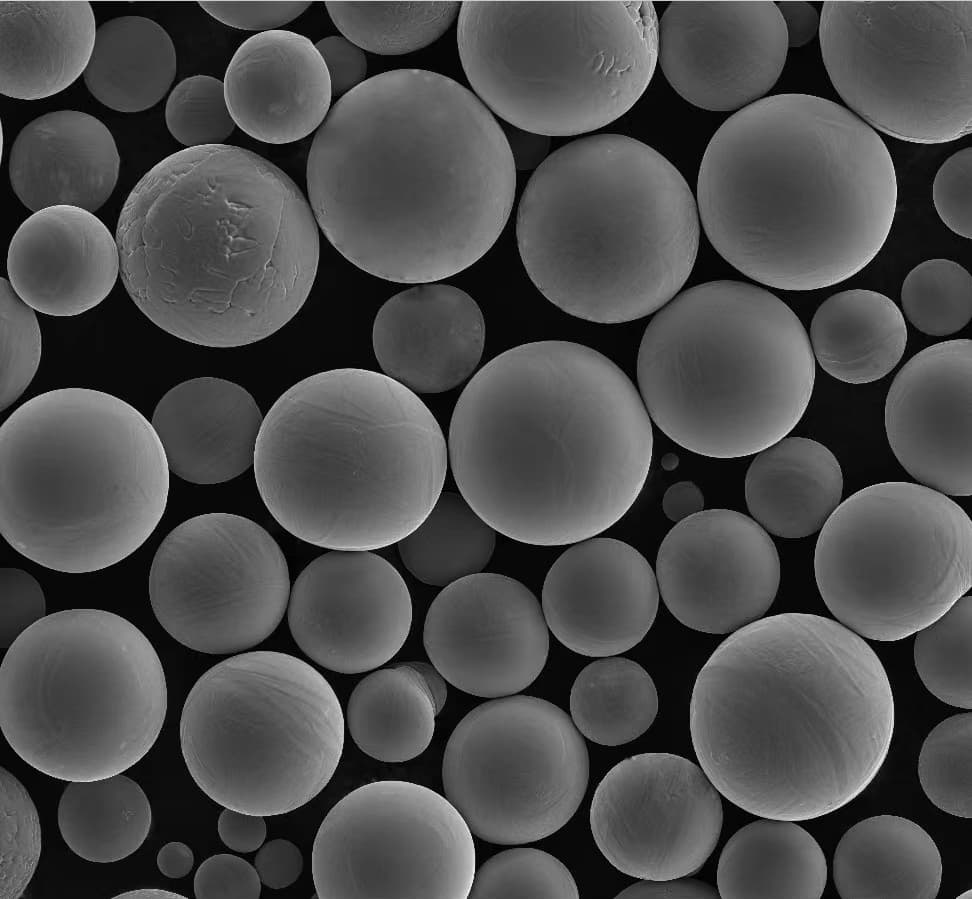
3Dプリンティングで使用されるモーターには、主に2つのタイプがあります:
- ステッピングモーター これらの主力製品は、正確な増分(ステップ)で回転する能力により、優れた位置制御を提供します。コスト効率が高く、操作も比較的簡単なため、ホビーユースや低予算の3Dプリンターに人気のある選択肢です。しかし、ステッピングモーターは、高速でステップを失うことがあり、印刷品質を損なう可能性があります。また、ステッピングモーターは振動を発生させるため、表面にわずかな欠陥が生じる可能性があります。
- サーボモーター ステッパーに比べ、よりスムーズでダイナミックな動きを実現します。サーボモーターは常に位置を監視し、それに応じて調整するため、優れた表面仕上げが得られ、印刷速度も速くなる可能性があります。しかし、サーボモーターはコストが高く、より複雑な制御電子機器を必要とします。クルーズ・コントロール(ステッパー・モーター)付きの車とアダプティブ・クルーズ・コントロール(サーボ・モーター)付きの車の違いを想像してみてください。
正しいモーターの選択 理想的なモータータイプは、特定のニーズと優先事項によって異なります。初心者や予算が限られている場合、ステッピングモーターは手頃な価格と機能性のバランスが取れています。しかし、印刷品質と速度を優先するのであれば、特にプロフェッショナルな用途では、サーボモーターの方が良い投資となるかもしれません。
性能パラメーター モーション・コントロール・システム
モーションコントロールシステムの有効性には、いくつかの重要な要因が影響する:
- 解決: これは、モーターができる最小の増分運動を意味します。解像度が高ければ高いほど、印刷物の細部はより精細になり、表面はより滑らかに仕上がります。絵筆を想像してみてください。毛先が細いほど、粗い筆に比べて、より複雑なディテールを表現することができます。
- スピードだ: より速い動きはより速い印刷時間につながりますが、解像度や精度とのバランスが必要です。レーシングカーをもう一度思い浮かべてほしい。スピードは非常に重要だが、コントロールを犠牲にしてはならない。
- 加速: モーターが希望の速度に到達するまでの時間。加速が速いほど、レイヤー間の移行が速くなり、印刷時間を短縮できる可能性があります。ランナーを想像してみてください。
一般的なモーション・コントロール・システムの種類
3Dプリンターのモーションコントロールシステムには、主に2つの構成がある:
- デカルト系: これらは最も一般的なタイプで、X、Y、Z軸に沿ってプリントヘッドと造形プラットフォームを動かすためにリニアアクチュエータ(ロッドまたはベルト)を利用します。X軸、Y軸、Z軸を持つ3Dグラフを想像してください。直交システムは、これらの軸に沿ってコンポーネントを動かし、オブジェクトをレイヤーごとに構築します。この直交システムは、造形量が多く、設計やメンテナンスが比較的簡単です。
- デルタ・システムズ 上部は固定ジョイントに、下部はエクストルーダーとビルドプラットフォームに接続されています。逆さまの三脚を想像してください。アームがエクストルーダーを三角形のパターンで動かし、オブジェクトを作成します。デルタシステムは、軽量でより直接的な動きのため、プリント速度が速い。しかし、直交システムに比べ、造形量はやや制限されます。
これらの構成のどちらを選ぶかは、それぞれのニーズによって異なります。直交システムは一般的に汎用性が高く、ユーザーフレンドリーですが、スピードを最優先する場合はデルタシステムの方が適しているかもしれません。
の応用 モーション・コントロール・システム 3Dプリンティングは単なる物体の印刷にとどまらない
モーション・コントロール・システムによって促進される正確な動きは、静的なオブジェクトを作成するだけでなく、より幅広い3Dプリント・アプリケーションへの扉を開きます。ここでは、エキサイティングな可能性をいくつか紹介しよう:
- マルチマテリアル印刷: ひとつの印刷物に、さまざまな特性を持つ異なる材料を組み込むことを想像してみてください。モーション・コントロール・システムは、異種のフィラメントを装填した複数の押出機を正確に調整することができ、柔軟性、強度、または色のユニークな組み合わせを持つオブジェクトを作ることができます。義肢を思い浮かべてみてください。サポート用の硬いベース素材と、快適性のための柔らかい素材が組み合わされています。
- 食品で3Dプリント: 食品ディスペンサーの制御された動きは、料理の革新への扉を開きます。複雑な砂糖の彫刻や、さまざまな味を正確に重ねてカスタマイズしたクッキーを作ることを想像してみてください。
- バイオプリンティング: 再生医療の分野では、モーション・コントロール・システムは、生体材料や生きた細胞を正確に堆積させることができ、機能的な組織や臓器の作成につながる可能性がある。このことは、将来の医療応用に計り知れない可能性を秘めている。
モーションコントロールシステムの開発動向
3Dプリンティングにおけるモーション・コントロール・システムの世界は、技術の進歩やユーザーの要望によって常に進化しています。ここでは、注目すべきエキサイティングなトレンドをいくつか紹介する:
- 閉ループシステム: これらのシステムは、モーターの位置を継続的に監視し、あらゆる不一致を調整することで、さらに高いレベルの精度と再現性を保証します。飛行機のオートパイロットを想像してみてください。安定した飛行経路を維持するために常に監視し、コースを調整します。
- 先進ドライバー・エレクトロニクス: モーターを支える頭脳はより賢くなっている。エレクトロニクスの向上により、モーターの制御がよりスムーズになり、ノイズレベルが低減され、電力管理がより効率的になりました。複雑な計算をより速く、より効率的に処理できる。
- 人工知能(AI)との統合: AIは革命を起こす可能性を秘めている モーションコントロールシステム 印刷のパラメーターを分析し、最適なパフォーマンスが得られるように設定を自動的に調整する。自動運転車を想像してみてほしい。AIは道路状況を分析し、スムーズな走行のためにステアリングや加速度を調整することができる。
これらの進歩により、将来的にはさらに精密で効率的、そして多目的な3Dプリンティングが可能になることが期待される。
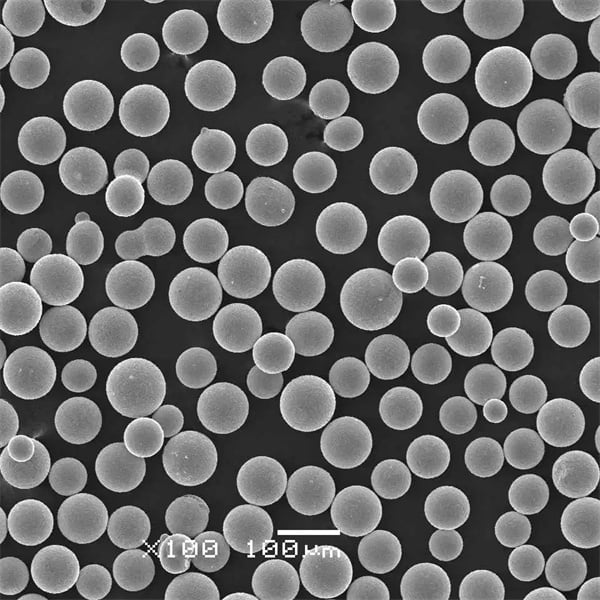
よくあるご質問
| 質問 | 答え |
|---|---|
| モーションコントロールシステムに基づいて3Dプリンターを選択する際に考慮すべき点は何ですか? | 解像度、スピード、加速度: 高精度の印刷には、高解像度を優先する。スピードを重視するなら、より高速のモーターと加速度を備えたシステムを検討する。 |
| 3Dプリントにはステッピングモーターとサーボモーターのどちらが適していますか? | ステッピングモーター: より手頃な価格で、趣味や初心者に適している。 サーボモーター: よりスムーズな動きと高速化を実現し、プロフェッショナルな用途に最適。 |
| 3Dプリンタのモーションコントロールシステムをアップグレードできますか? | 場合によっては可能ですが、特定のモデルとあなたの技術的専門知識によります。アップグレードには、モーターや制御ボードの交換、あるいはプリンターのフレームを改造する必要があるかもしれません。 |
| 3Dプリンターのモーションコントロールシステムの性能を向上させるには、どのような方法がありますか? | 適切な校正: 軸がアライメントされ、モーターが適切に張られていることを確認する。 振動を減らす: 振動吸収材を使用し、プリンターを平らな場所で安定させてください。 システムを維持する: モーターを常に清潔に保ち、製造元の指示に従って潤滑剤を塗布する。 |
結論
モーションコントロールシステムは、しばしば3Dプリンタの静かなヒーローであり、印刷精度、速度、および全体的な品質を確保する上で重要な役割を果たします。その機能とさまざまな構成を理解することで、ニーズに合った3Dプリンタを選択し、印刷プロジェクトを次のレベルに引き上げることができます。テクノロジーが進化し続けるにつれて、3Dプリンティングのエキサイティングな世界で可能性の限界をさらに押し広げる、さらに洗練されたモーションコントロールシステムが期待できます。
Additional FAQs about the Motion Control System (5)
1) What controller firmware features most affect motion quality in 3D printers?
- Advanced motion planning (S‑curve/Jerk‑limited acceleration), input shaping, pressure advance/linear advance, and closed-loop stepper support. Firmware like Klipper, Marlin 2.x, and RepRapFirmware offer these features to reduce ringing, improve corners, and stabilize extrusion.
2) How do belts, leadscrews, and linear rails influence precision?
- GT2 belts with steel/fiberglass cords offer high speed but can introduce backlash if tension is poor. Leadscrews provide higher Z accuracy but are slower. Linear rails (vs. bushings) reduce play and vibration, improving surface finish at higher speeds.
3) What is input shaping and why does it matter?
- Input shaping filters motion commands to cancel resonances (ringing/ghosting) caused by frame vibrations. It enables higher accelerations and speeds without degrading surface quality—particularly impactful on lightweight Cartesian and CoreXY systems.
4) When should I choose servo motors over steppers for the key component in 3D printers?
- Choose servos for large-format, high-speed, or heavy-toolhead printers where closed-loop control maintains torque at speed and reduces missed steps. For most desktop systems, quality steppers with closed-loop drivers deliver excellent price-to-performance.
5) How can I diagnose motion control issues that cause layer shifts or banding?
- Check belt tension and pulley grub screws, verify motor current and driver temperature, inspect linear guides for binding, run resonance tests (auto-tune in Klipper/Marlin), and log accelerometer data to identify frequencies causing artifacts.
2025 Industry Trends in 3D Printer Motion Control
- High-speed printing goes mainstream: CoreXY and lightweight gantries paired with input shaping and accelerometer auto-tuning deliver 300–600 mm/s travel and 10–20k mm/s² acceleration on prosumer machines.
- Closed-loop everywhere: Hybrid servo stepper drivers (with encoders) drop below $50/channel, enabling affordable slip detection and recovery.
- AI-assisted tuning: Camera and vibration sensors feed ML models to auto-tune acceleration, jerk, and extrusion for new materials and tools.
- Toolchanging and multi-axis: 2–4 toolhead carousels and IDEX systems adopt unified motion schedulers to minimize idle time; emerging 5‑axis research printers coordinate rotary axes for support-free printing.
- Reliability metrics published: Vendors publish MTBF for rails, belts, and drivers; predictive maintenance dashboards alert users to belt stretch and bearing wear.
2025 snapshot: motion control metrics (prosumer/pro systems)
| メートル | 2023 | 2024 | 2025 YTD | Notes/Sources |
|---|---|---|---|---|
| Typical accel with input shaping (mm/s²) | 3,000–6,000 | 6,000–12,000 | 10,000–20,000 | Firmware auto-tune; CoreXY prevalence |
| Travel speed (mm/s) | 150–250 | 250–400 | 300–600 | Lightweight toolheads, 48V drives |
| Closed-loop driver adoption (%) | ~8 | ~15 | ~28 | Encoder steppers on X/Y |
| Average chambered printer share (%) | ~10 | ~14 | ~20 | Better motion stability at temp |
| Mean surface roughness improvement with input shaping (Ra) | 10–20% | 15–25% | 20–35% | Vendor/independent tests |
References:
- Klipper and Marlin docs: https://www.klipper3d.org, https://marlinfw.org
- RepRapFirmware: https://teamgloomy.github.io and Duet3D docs: https://docs.duet3d.com
- Independent testing (accelerometer tuning, ringing): community benchmarks and vendor whitepapers (Prusa, Bambu Lab, Creality Pro lines)
Latest Research Cases
Case Study 1: Closed-Loop CoreXY Upgrade Cuts Print Time for Functional Parts (2025)
Background: A service bureau faced ringing and occasional layer shifts at high speeds on large CoreXY printers.
Solution: Upgraded X/Y to closed-loop stepper drivers with encoders, added 48V power, accelerometer-based input shaping (Klipper), and stiffer idlers; implemented auto belt-tension measurement.
Results: 2.1× throughput increase (same quality), ringing amplitude reduced by 32%, layer shift incidents dropped to near-zero over 1,000 print hours; preventive maintenance intervals extended by 25%.
Source: Bureau technical report and firmware telemetry logs.
Case Study 2: AI-Assisted Motion Tuning for Multi-Material IDEX (2024)
Background: Frequent tool changes caused artifacts at tool handoff and inconsistent seam quality.
Solution: Vision-based seam detection and ML model adjusted accel/jerk per tool mass and filament rheology; synchronized pressure advance tables per extruder.
Results: Visible seam defects reduced 40%; average toolchange overhead down 18%; scrap reduced 12% on cosmetic housings.
Source: University–OEM collaboration; code published in open-source repo with anonymized datasets.
専門家の意見
- Dr. David G. Alciatore, Professor of Mechanical Engineering, Colorado State University
Key viewpoint: “Jerk-limited S‑curve profiles and accurate system identification are the fastest path to quality at speed. Without quantified resonance data, tuning is guesswork.” - Josef Průša, CEO, Prusa Research
Key viewpoint: “Input shaping is transformative, but mechanical fundamentals still win: rigid frames, proper belt paths, and quality rails make firmware gains reliable for everyday users.” - Ryan Carlyle, Motion Systems Engineer and author (3D printing controls)
Key viewpoint: “Closed-loop stepper ecosystems make missed steps obsolete for the key component in 3D printers—motion control—especially on large-format and multi-tool platforms.”
Cited sources: University course materials and publications; company engineering blogs and talks: https://www.prusa3d.com, academic profiles.
Practical Tools and Resources
- Firmware and tuning:
- Klipper input shaping and resonance testing: https://www.klipper3d.org/Resonance_Compensation.html
- Marlin Linear/Pressure Advance and Input Shaping: https://marlinfw.org/docs
- RepRapFirmware motion/kinematics: https://docs.duet3d.com
- Hardware references:
- Belt calculators and pulley selection (Gates Design Power): https://www.gates.com
- Linear motion guides basics (HIWIN Tech Docs): https://www.hiwin.com
- Diagnostics:
- Accelerometer setup (ADXL345) guides for CoreXY/Cartesian: Klipper documentation
- Vibration analysis apps and scripts from the community GitHub repositories
- Standards and safety:
- IEC/UL standards for machinery safety and EMC considerations; manufacturer manuals for safe powder handling are not relevant here, focus on motion electrical safety and grounding best practices.
- Research and benchmarking:
- Papers on input shaping and additive motion planning via arXiv and academic journals
- Community benchmarks (Voron Design, Annex Engineering) for high-speed motion builds
Notes on reliability and sourcing: Validate measurements with accelerometer-based frequency sweeps and repeatability tests. Document firmware, driver currents, belt tension, and maintenance logs. For professional environments, apply PFMEA on motion subsystems and track MTBF for motors, rails, and belts.
Last updated: 2025-10-15
Changelog: Added 5 motion-control FAQs, 2025 trend snapshot with benchmark table and sources, two recent case studies, expert viewpoints, and a curated tools/resources list focused on the motion control system as the key component in 3D printers
Next review date & triggers: 2026-02-15 or earlier if mainstream firmware releases new adaptive control features, closed-loop driver costs drop >20%, or major vendors publish standardized motion reliability metrics (MTBF/MTTR)
シェアする
MET3DP Technology Co., LTDは、中国青島に本社を置く積層造形ソリューションのリーディングプロバイダーです。弊社は3Dプリンティング装置と工業用途の高性能金属粉末を専門としています。
関連記事
